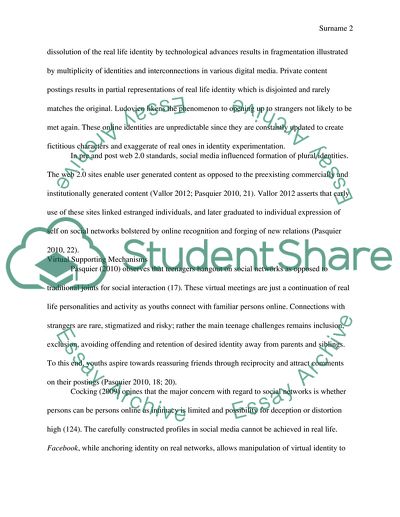Cite this document
(“Robotics Research Paper Example | Topics and Well Written Essays - 1000 words”, n.d.)
Retrieved from https://studentshare.org/social-science/1686613-robotics
Retrieved from https://studentshare.org/social-science/1686613-robotics
(Robotics Research Paper Example | Topics and Well Written Essays - 1000 Words)
https://studentshare.org/social-science/1686613-robotics.
https://studentshare.org/social-science/1686613-robotics.
“Robotics Research Paper Example | Topics and Well Written Essays - 1000 Words”, n.d. https://studentshare.org/social-science/1686613-robotics.


